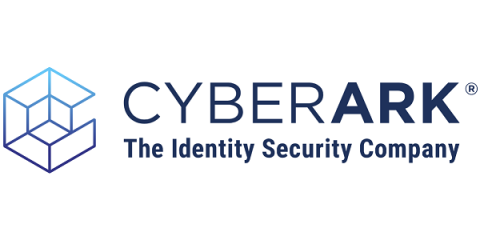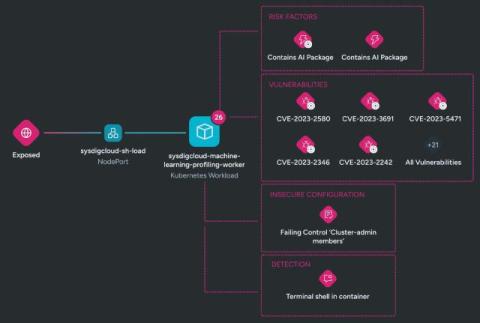Don't Pass on Combining iPaaS with a DFPM Platform
Businesses are under an ever-increasing pressure to maintain exceptional experiences for their customers, making seamless connectivity across tools a must. This is true for industries like financial services that need to provide enhanced digital payments, or for healthcare organizations that need to share critical data across systems quickly. The need for connected infrastructures has become the norm.











